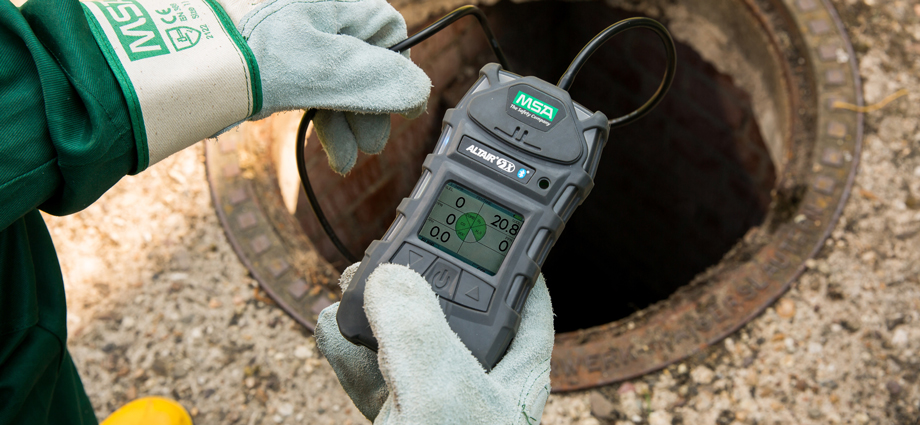
Confined spaces, which are found across a wide variety of industries, are well-known for posing considerable risks to worker health and safety. That’s because, unlike other work environments, confined space entry (CSE) has unique limitations, constraints, and dangers – including atmospheric hazards.
As such, confined space work should not only be treated with extreme caution, it also should be regularly monitored in order to prevent hazards before a worker enters the space.
Among the primary risks for working in CSE are atmospheric conditions. This can include the presence of toxic and flammable gases, the potential for oxygen deficiency, and the possibility of explosion due to flammable gas or oxygen enrichment.
Statistically speaking, atmospheric conditions are responsible for most of the injuries that occur in confined space work. Not only does CSE put safety teams in a state of high alert, it also generates plenty of work to ensure compliance.
While it’s true that the risks of confined space work are very high, it is possible to work safely within them. Fortunately, advanced gas-detection technologies are now available to increase worker safety within CSE.
Here are five primary ways a cloud-connected gas detection program can improve efficiency and add an essential layer of safety:
With a connected gas detection program, gas readings are collected and consolidated in a single place. Instead of checking readings device-by-device at the end of every work day, a connected program allows safety professionals to quickly and easily identify the operations the demonstrated gas concerns so they can be investigated and resolved.
Cloud-based connectivity and Software-as-a-Service (SaaS) solutions enable safety teams to prevent unnecessary worker downtime. Because teams can take a proactive approach to their portable gas detection program, they can quickly identify which devices are in need of maintenance and determine what type of maintenance to perform – long before the work day begins.
A correctly calibrated gas detector may be the only thing standing between a worker and a potentially catastrophic incident. Gas detectors for personal safety must be tested before use; however, those tests not only take time but manual calibration is prone to human error. With a connected program, calibration and bump-testing is done automatically.
Further, automated testing helps safety managers:
Calibration stands dramatically reduce the time needed for essential calibration and bump tests, virtually eliminating testing-related delays and downtime. Even better, connected calibration stands are free from human error and do not require the use of costly calibration gas. Additionally, connectivity helps the teams that are in charge of the fleet better monitor gas cylinders for depletion and expiration, as well as alert them when calibration stands are offline.
Gas detection calibration and bump-test records must be kept according to local regulations and company policies. A typical hands-on, pen-and-paper recordkeeping process is not only tedious, it also is extremely difficult to organize. Digging around for prior data can easily turn into a time-consuming nightmare. With cloud connectivity and SaaS, data gathering is automated, making it faster and easier to locate historical data and organize data into an industry-standard reporting format.
More Benefits
Advanced technologies combined with cloud connectivity provide safety teams with improved visibility and awareness so they can act on concerns quickly and have a safer gas detection program for confined space entry.
To learn more about portable gas detectors for confined space entry, download this white paper.
To learn more about safety in confined space, visit our dedicated page.